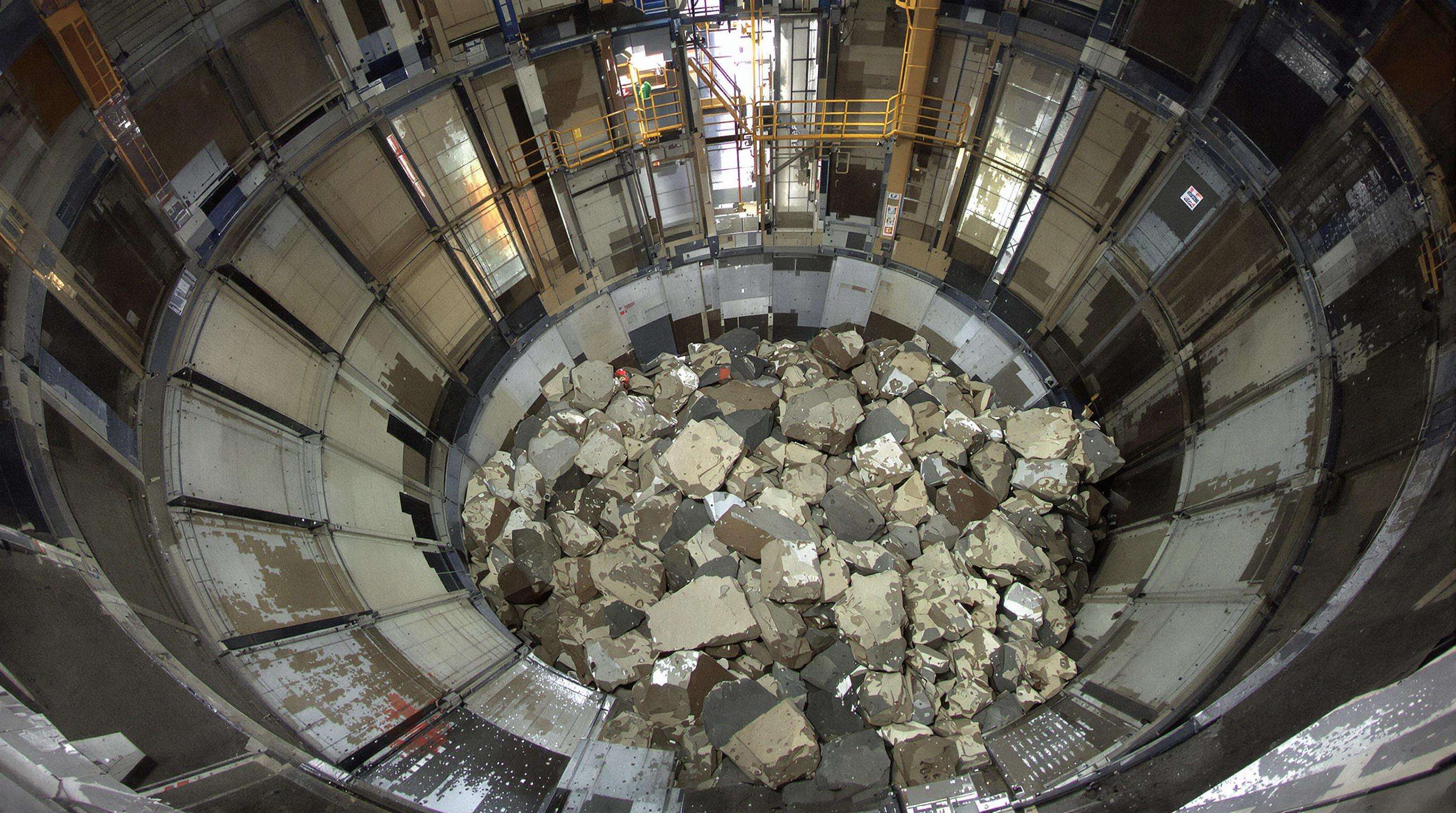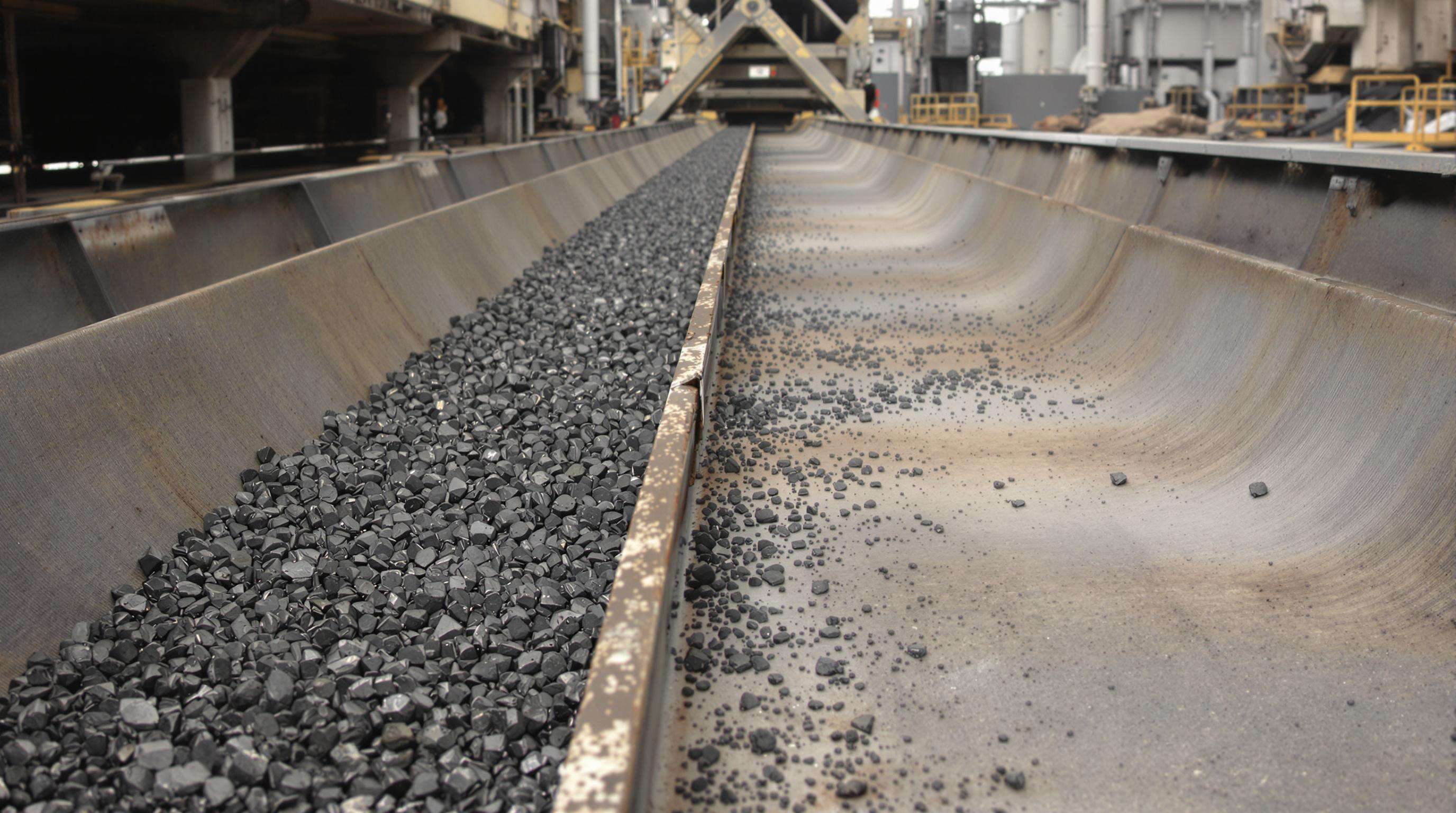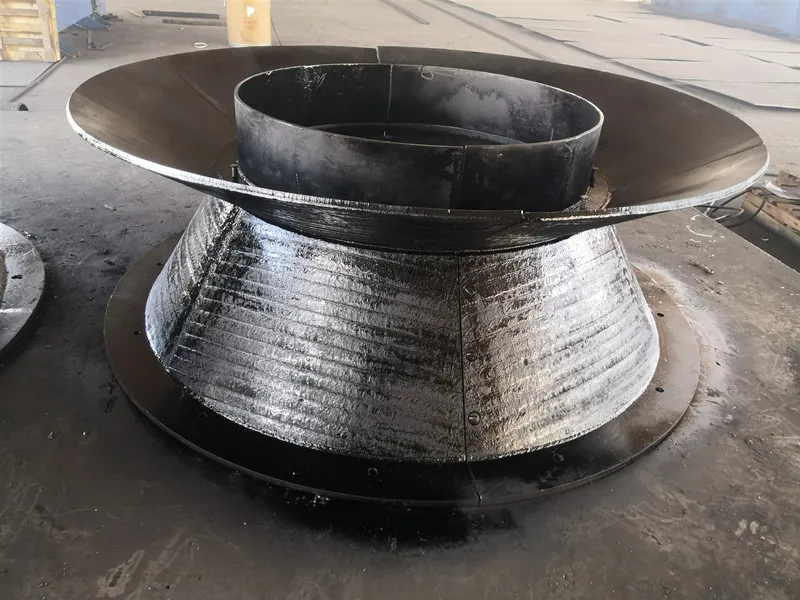CCO Plates in Mining Crusher Liners

Extreme Abrasion Phenomenon in Mineral Processing
Mineral crushing operations expose liner plates to relentless abrasion from ore particles, accelerating degradation when processing hard materials like granite or quartz. Without adequate protection, crushers require frequent shutdowns, costing operations nearly 20% in lost productivity annually. Chromium Carbide Overlay (CCO) plates mitigate these destructive mechanisms through engineered surface properties.
Hardness Principles of CCO Plate Wear Resistance
Brinell hardness testing of the CCO overlay surface demonstrates that Brinell hardness in our standard 4 layer plate is 575.6 (Table 3) and Carbon 7.352 x 10-3C (Table 3) while the Brinell hardness for the Backing Plate is 373 and Carbon 7.810 x 10-3C. The ceramic phase carbides in the steel matrix provide a composite structure for resistance to gouging abrasion, with microhardness of the abrasive interface up to 62 HRC. Importantly, this hardness must be countered by enough substrate toughness to hamper the crack growth with repeated impacts.
Case Study: Iron Ore Crusher Service Life Extension
A primary crusher processing magnetite ore achieved 250% longer operational cycles after switching to CCO wear plates. Replacements decreased from quarterly to annually, saving $740k in maintenance costs over three years. Downtime reduced by 60% despite a 20% increase in hourly tonnage, demonstrating the economic impact of optimized wear protection.
Industry Strategy for Prefabricated Wear Assemblies
Modular CCO panels for crusher feed boxes and cone interiors allow targeted replacement of high-wear zones. Bolt-on segments slash liner change time by 70% compared to welded solutions while eliminating hot-work permits. Rapid swaps during scheduled maintenance maximize crusher availability without compromising protection.
CCO Plates for Kiln Feed Chutes in Cement
Kiln feed chutes endure severe impact and abrasion from clinker and raw meal flowing at high velocities. Transfer points experience localized stress exceeding 200 MPa, accelerating degradation from both particle strikes and thermal cycling. CCO technology mitigates this via specialized metallurgic bonding that withstands multidirectional forces.
Impact Wear Phenomenon in Material Transfer Points
Continuous micro-impacts at angles exceeding 55° cause surface deformation, micro-cracking, and fatigue spalling. Cement industry assessments reveal transfer zones account for over 65% of chute wear failures. Kinetic energy absorption and controlled fracture propagation become vital under these conditions.
Microstructure Principles Behind Thermal Shock Resistance
CCO plates leverage chromium-carbide networks within a tempered martensite matrix. Micron-scale carbides (25-30% volume fraction) dissipate shock energy through coordinated fracture pathways, while the ductile binder prevents cohesive failure during temperature surges beyond 250°C.
Case Study: Maintenance Reduction at Clinker Plant
Switching from manganese steel to CCO liners extended failure intervals from six weeks to eleven months, saving 3,150 maintenance hours annually. Particle size analysis confirmed an 8% increase in system throughput, with a 23% reduction in yearly downtime costs.
Installation Strategy: Replaceable Wear Modules
Prefabricated CCO modules use dovetail joints and pin-lock mechanisms for tool-free swaps in kiln zones, cutting replacement time from 3.5 hours to 37 minutes per module. This approach reduces hot work permits by 90% versus welded solutions.
CCO Plates in Mining Conveyor Systems

Mining conveyors face severe abrasion in transfer zones handling materials like iron ore and aggregates. CCO plates combine fracture-resistant steel backing with hyper-hard carbide surfaces (exceeding 1,800 HV) to address these challenges.
| Application Zone | Key Wear Challenge | CCO Plate Benefit |
|---|---|---|
| Transfer Points | High-velocity impacts | Impact-resistant backing |
| Chutes | Abrasive sliding wear | >45 HRC carbide surface |
| Feed Hopper Walls | Combined impact/abrasion | Integrated shock absorption |
Mining operations report 2-3X longer service life versus AR400 steel, reducing downtime by 60%. Modular CCO plates enable targeted replacements during shift breaks, maintaining consistent hardness even under thermal stress.
CCO Plates in Coal Grinding Mills for Steel Production
Coal grinding mills experience sandpaper-like abrasion from pulverized coal, accelerating maintenance cycles. CCO plates combat this with hyper-hard chromium carbides (50-65 HRC) fused to a ductile steel base. Their cross-check crack pattern absorbs thermal stress, preventing spalling at 1100°F.
CCO liners last 8-12X longer than AR400 steel in pulverization zones, reducing part replacements. Prefabricated modules cut mill downtime by 30-70%, lowering operational costs by 15% in continuous production environments.
Blast Furnace Lining Challenges
Blast furnace linings endure temperatures over 2,500°F (1,370°C), where abrasion and thermal fatigue accelerate degradation.
CCO Plate Microstructural Advantages
CCO plates pair hyper-hard chromium carbides (60–65 HRC) with a ductile steel substrate. Strategic micro-cracks disperse thermal shock energy, preventing fractures while the steel backing absorbs expansion stresses.
Performance Outcomes
Field trials show CCO linings last 3–5X longer in blast furnace lower zones and tuyeres. A North American steel mill extended campaign life by 14 months using bolt-on CCO segments, simplifying installation and minimizing downtime.
Material Selection Criteria
| Property | CCO Plate | Quenched-Tempered Steel |
|---|---|---|
| Max Service Temp | 1,200°F (650°C) | 750°F (400°C) |
| Abrasion Resistance | Excellent | Good |
| Impact Toughness | Moderate | High |
| Thermal Shock Tolerance | Optimal | Limited |
High-chromium overlays suit sub-stack areas, while tungsten-carbide variants are ideal for impact-heavy tuyere zones.
FAQ Section
What are CCO plates?
CCO plates are Chromium Carbide Overlay Plates used in various industries to provide wear and abrasion resistance in high-impact and high-temperature settings.
How do CCO plates benefit the mining industry?
In mining, CCO plates reduce wear and tear on machinery such as crushers and conveyors, extending equipment life, decreasing maintenance frequency, and optimizing production costs.
Why are CCO plates preferred over traditional steel in cement kilns?
CCO plates withstand extreme abrasion and thermal cycling better than traditional steel, providing longer-lasting protection in high-wear zones of cement kilns.
How do CCO plates help in coal grinding mills?
CCO plates offer superior wear resistance against the abrasive nature of pulverized coal, increasing the lifespan of grinding mills and reducing maintenance downtime.
What are the key advantages of using CCO plates in blast furnaces?
CCO plates in blast furnaces offer enhanced durability against high temperatures and thermal shock, reducing the frequency of repairs and extending campaign life of furnace components.

